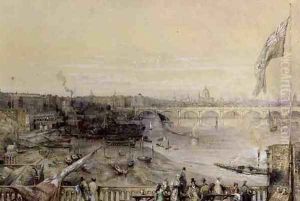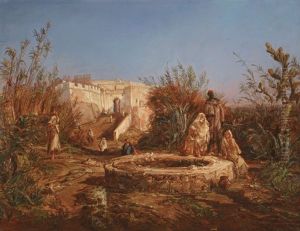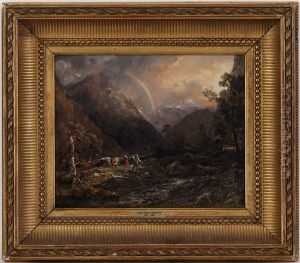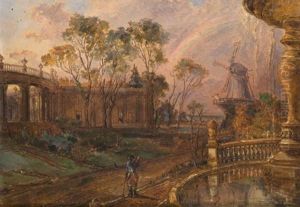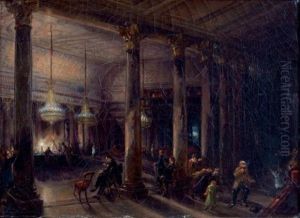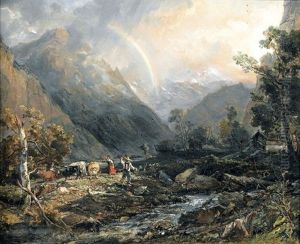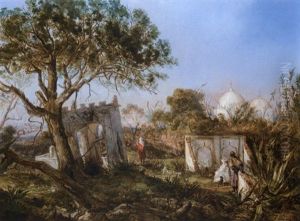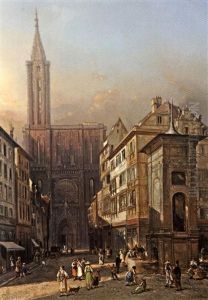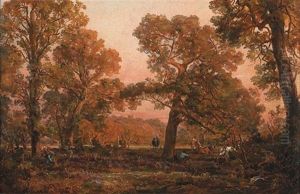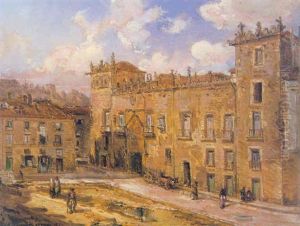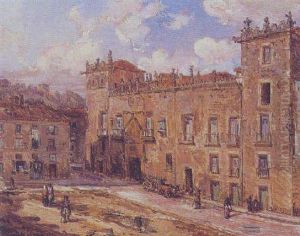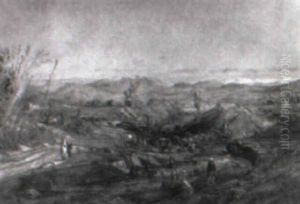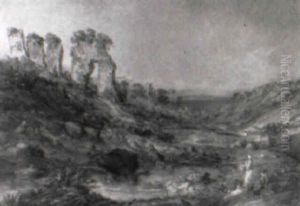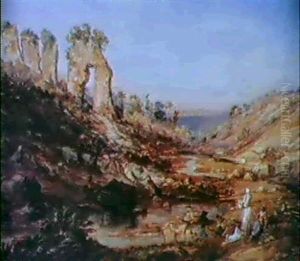Louis Desire Thienon Paintings
Louis Desire Thienon was a notable French artist born in 1823 in Paris. He was a painter primarily known for his genre scenes, portraits, and history paintings. Thienon's artistic journey began in his native France, where he developed his skills and passion for painting.
Throughout his career, Thienon embraced the artistic movements of his time, drawing influence from Romanticism, which was prevalent during the earlier part of his life, and later, the Realist movement. His works often depicted scenes from everyday life, showcasing his ability to capture the essence of the human experience with sensitivity and attention to detail.
Thienon exhibited his works at the Paris Salon, a prestigious venue for artists to display their work to the public and critics alike. The Salon was the official art exhibition of the Académie des Beaux-Arts in Paris and was considered the greatest annual or biennial art event in the Western world at the time. Thienon's participation in the Salon demonstrated his acceptance and recognition within the competitive art world of 19th-century France.
Despite his accomplishments, Thienon's work has not been as widely recognized or celebrated as that of some of his contemporaries. As a result, detailed information about his life and career is relatively scarce, and he remains a lesser-known figure in the annals of art history. However, his contributions to the French art scene of the 19th century continue to be appreciated by connoisseurs and historians.
Louis Desire Thienon's artistic legacy is a testament to the vibrant and diverse art scene of 19th-century France. His ability to infuse his paintings with a sense of narrative and emotional depth ensures that he is remembered among the talented artists of his generation. Thienon passed away in 1907, leaving behind a body of work that continues to resonate with audiences for its historical and aesthetic value.
